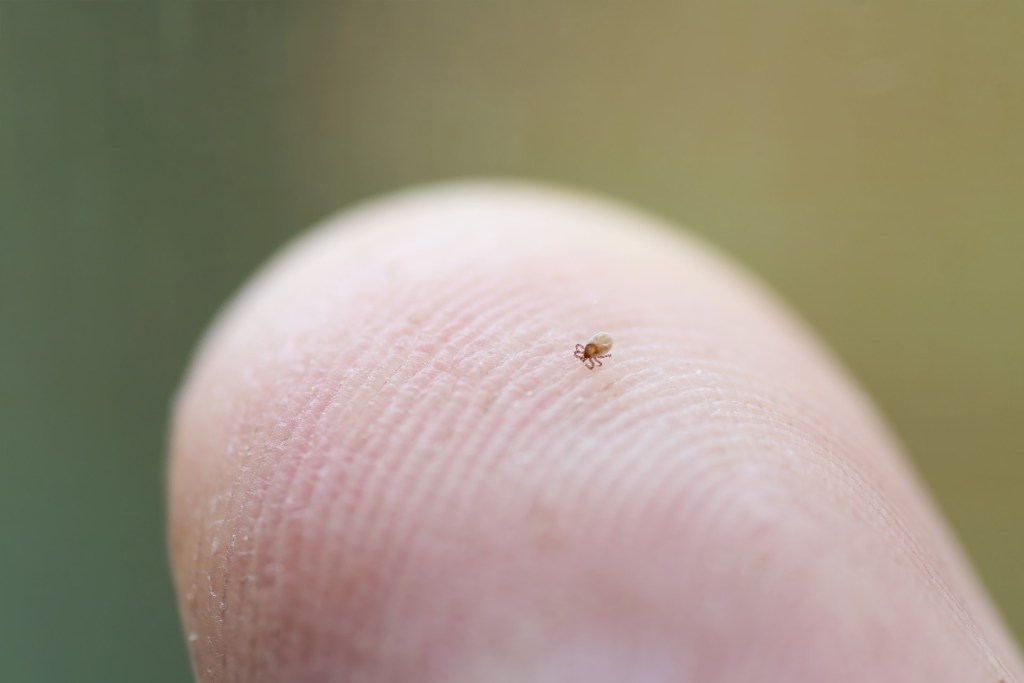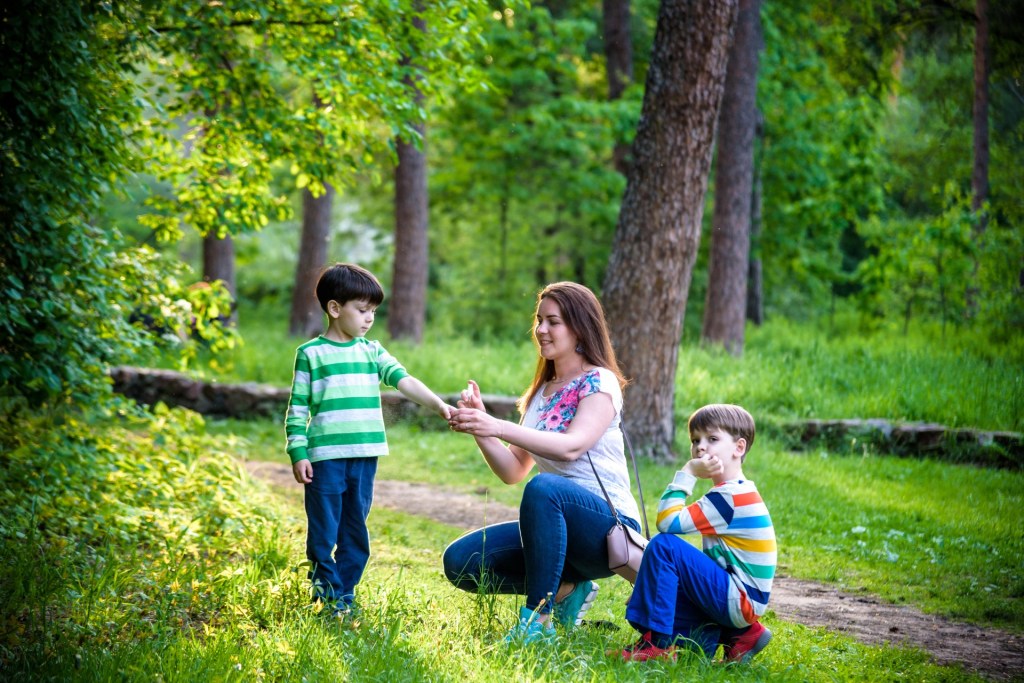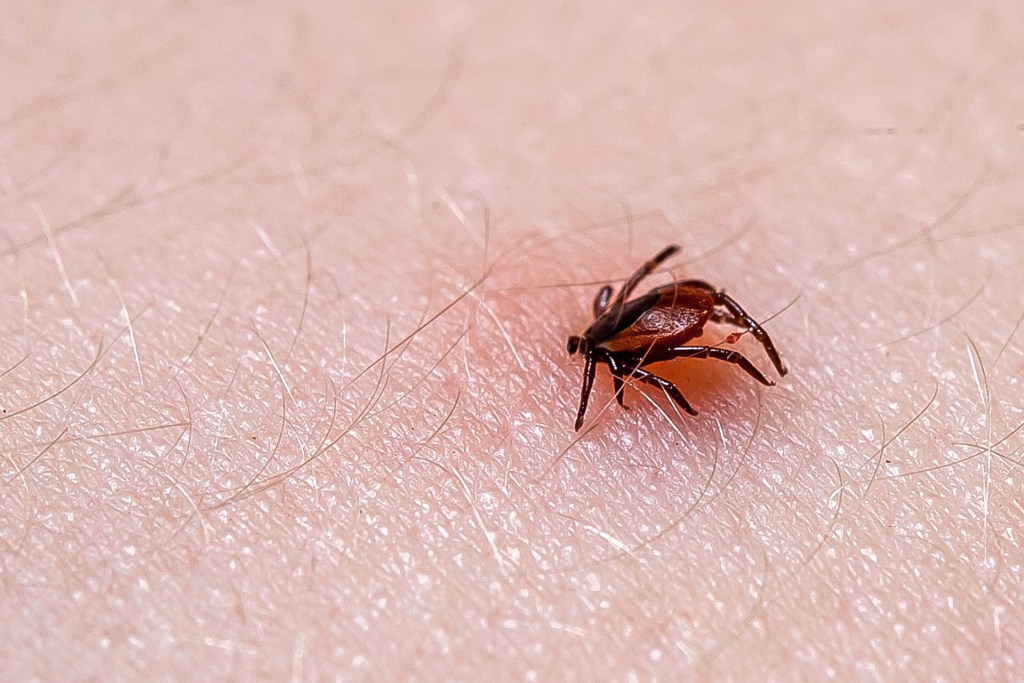An insect bite can be a painful, itchy reminder of the time spent riding on a bike trail or hiking in a national park. However, those bites can also herald other problems, including bite-related illnesses. Becoming sick after an insect bite can be one of the most frustrating things about spending time outdoors. This is especially true if you reside or spend a lot of time in areas with a heavy tick population. Lyme Disease diagnoses are at a record high with record numbers of black-legged and deer ticks – the carrier ticks of Lyme Disease – also massively elevated. Now more than ever, parents must be on the lookout for ticks after each extended trip outdoors, diligent in their search for those tiny brown specks covertly hidden between fabric and skin. For the first step in how to prevent Lyme Disease, knowing how to spot ticks is key.

What is Lyme Disease?
The Center for Disease Control defines Lyme Disease as an infection “caused by the bacterium Borrelia burgdorferi and rarely, Borrelia mayonii.” This disease is carried by the deer tick in the midwest and eastern parts of the United States, and the black-legged tick on the western side. This disease, if left untreated, can be deadly. While it’s treatable, Lyme can remain in the body for extended periods of time causing co-infections, post-treatment flare-ups, and other medical issues from mistreatment or complications. Once bitten and infected, a person with Lyme could possibly carry it, and the antibodies produced, for months or years post-treatment.
What makes ticks so dangerous?
Ticks – especially deer ticks – are incredibly small creatures that seek out a host in their parasitic quest for food. Because of their small size, missing them entirely on clothing or the body can be common. Nymphs, or post-larval and pre-adult stage ticks, are even smaller than their future adult-sized selves. Sitting at just under 2 millimeters, this tiny insect can bite and release Lyme into a person’s system without ever being noticed. While the CDC states a tick must be attached to its host for 24-48 hours, some experts speculate only 4-6 hours is needed for Lyme to be transmitted. The exact amount of time for transmission has never been formally determined, however.
In addition to their size, ticks are also equipped with pain-blocking, blood thinning, and immunosuppressing salvia that aids the parasite in remaining undetected.

Keeping your family safe
For parents, kids’ safety is of the utmost importance, including their trips outside. When the sun is shining and the weather is just perfect, it’s hard to keep yourself and your children cooped up inside. However, for parents in heavily populated tick areas, the idea of spending extended time outdoors can dredge up a bit of warranted anxiety. Because kids are vivacious, and exploratory, they have no qualms about sitting in mulch piles and pulling grass, picking flowers, and chasing animals through the lawn. If you plan on spending time outside on those beautiful days, there are a few tips and tricks for parents to keep their child protected from the possibility of infection of Lyme.
Prepare yourself to head out the door
Dress appropriately with long sleeves and long pants, if possible. Tuck pants into shoes to expose as little skin as possible, preventing unwanted bites.
Using 0.5% permethrin bug repellant will help keep ticks from wanting to jump onto you or your family while outdoors. Outdoor-based repellants are excellent choices, as they often carry the recommended amount of active ingredients to discourage pests from seeking you out as their next meal. While the idea of chemicals might worry certain parents, the risks of Lyme Disease infection greatly outweigh the risk of insect repellant for most moms and dads.

Prepare your outdoor space
Whether or not you’re a fan of spraying your yard for insects, doing so could be a key factor in preventing tick sightings and Lyme transmissions in your own backyard. Sprayable bug repellants often hook to a garden hose and are dispersed with water onto the yard, killing or repelling many outdoor biting insects like ticks.
A few other pointers are:
- Check your child’s body for evidence of ticks, starting at the crown of their head and working your way down. Important places to go over closely are in the hair and base of the neck, under the arms, behind the legs, between the legs, and between toes. Showering after time spent outdoors aids in ridding the body of any covert clingers.
- Wearing light-colored clothing. This makes it easier to spot ticks should you encounter any from brushing against vegetation or walking through tall grass.
What to look for
In kids, the first sign parents often come across is the infamous bullseye rash, or erythema migrans. Additional signs and symptoms can include (but aren’t limited to): nausea, headaches, joint stiffness or pain, dizziness, and shortness of breath. If your child appears to have a rash, is experiencing any of these mentioned symptoms, or you have found a tick embedded in your child’s skin, you should call your child’s pediatrician right away for further treatment or assessment. Most doctors will remove the tick in the office and send it off for testing to determine if it was a carrier for Lyme. Additional testing of the affected person may be necessary depending on the results of the tick’s Lyme testing.



